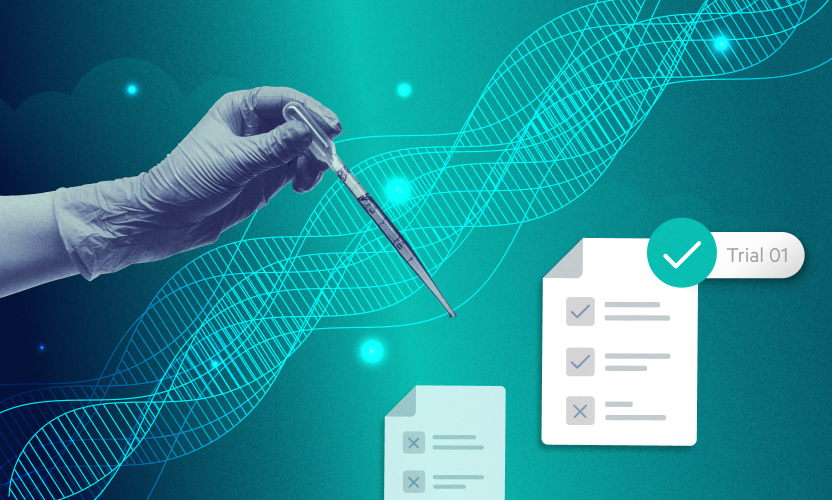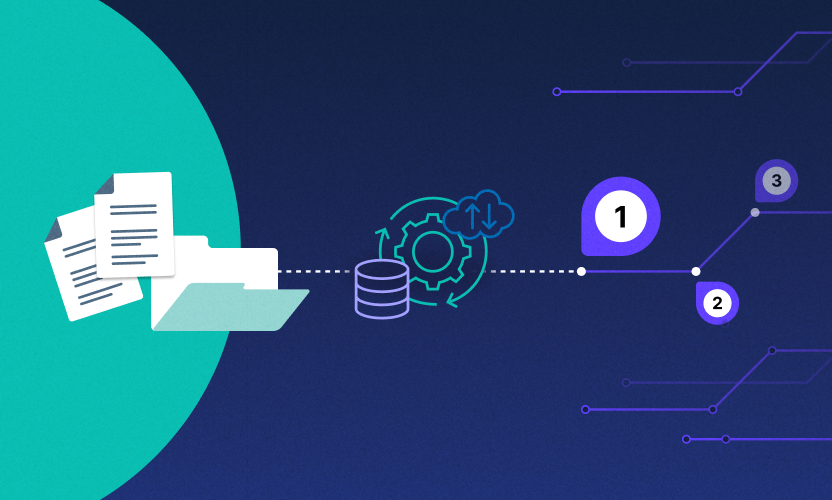
Cybersecurity Awareness Month: Hear From Egnyte’s Top Experts
October is Cybersecurity Awareness Month in the U.S. – the annual coming together of government and industry leaders to put a greater focus on cybersecurity domestically and abroad. It’s a chance to reflect on what has worked and to evaluate what more needs to be done; and it’s more crucial than ever, given the rising number of threats facing companies of all sizes.
Here at Egnyte, cybersecurity is ingrained in what we do and who we are. It’s a key pillar of our platform, and as such, we have an obligation to do our part to help spread the word.
As Cybersecurity Awareness Month comes to a close, we’ve asked Egnyte’s top experts to share cybersecurity best practices that companies like yours should be following to stay protected.
Kris Lahiri, Co-Founder and Chief Security Officer: Always Be Prepared
When it comes to potential cyber threats, your company must be prepared across all fronts and involve key stakeholders, including executive management. Proper cybersecurity preparedness should include having a comprehensive incident response plan in place and keeping it updated, backing up your data regularly, and training your employees on a frequent basis. It’s also important to remember that you are only as strong as your IT and supply chain partners. Be sure that any partner you work with values cybersecurity, compliance, and governance so that you are best protected against potential risks.
Neil Jones, Director of Cybersecurity Evangelism: Protect Your Sensitive Data
Companies today are struggling to keep up with increasing volumes of sensitive data across a variety of locations. According to Egnyte’s Cybersecurity Trends for Mid-Sized Organizations Report, 51% of organizations manage more than 10 data repositories. To effectively protect your sensitive data, you should first comprehensively inventory all of your data repositories because if you can’t see the full extent of your data, then you can’t properly secure it. By restricting access to sensitive data based on ‘business need to know,’ you can also limit the attack surface for potential cyberattackers and reduce the risk of insider threats.
Jeff Sizemore, Chief Governance Officer: Stay on Top of Data Privacy Regulations
With 65% of the world expected to have human privacy data – including but not limited to employee data – covered under modern regulations by 2023, respecting data privacy has never been more critical. In the U.S., five key state privacy laws will be going into effect in 2023 (California, Virginia, Colorado, Connecticut, and Utah). And when it comes to federal legislation like the proposed American Data Privacy and Protection Act (ADPPA), it’s not a matter of if but when. Therefore, organizations must take proactive steps now to stay on top of rapidly-evolving data privacy regulations, such as completing comprehensive data mapping and updating privacy policies. It’s important to also remember that regulations are being enforced more strictly, as we have seen with the recent instance of Sephora.
Johnna Bowley, Vice President, Global Channel Sales: Make Cybersecurity a Full-Time Priority
Cybersecurity continues to be one of the fastest-growing demands on our managed service providers by their customers. Ensuring your services have the systems and procedures in place to protect against cyber threats helps both you and your customers manage risk. Simple cyber hygiene practices like requiring strong passwords, utilizing Multi-Factor Authentication, and adopting company-wide cybersecurity awareness training can go a long way in staying one step ahead of potential risks. Overall, amid increasing cyberattacks and managing complex work-from-home IT environments, it’s important to take cybersecurity seriously so that you can better serve your clients.
Ronen Vengosh, Vice President of AEC and Life Sciences: Maintaining Data Security During Collaboration
Collaboration across geographical locations allows for companies to share information more efficiently and seamlessly integrate with outside collaborators, but it also increases the risk of cyberattacks. Ransomware attacks often target employees or collaborators who are not in roles that traditionally work directly on a firm’s data security management. These attacks can lead to delays that potentially cost hundreds of thousands to millions of dollars. Taking steps to reduce your overall data footprint, classify sensitive data, staying on top of software updates and educating all employees on what to look out for and how to report possible breaches can prevent cyberattacks and costly delays.






